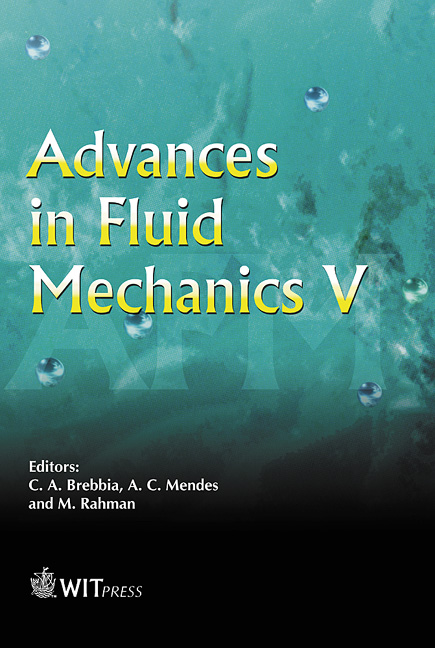Investigation Of The Motion Of A Fixed Rotating Solid Body Over Ice With A Thin Fluid Interface
Price
Free (open access)
Transaction
Volume
45
Pages
10
Published
2004
Size
345 kb
Paper DOI
10.2495/AFM040251
Copyright
WIT Press
Author(s)
A.E. Summers & P.J. Montgomery
Abstract
This article contains a theoretical investigation of the frictional forces on a solid body, such as a curling stone, rotating about a fixed axis, where the retarding force is due to the viscous drag of a thin water layer overlying a thick ice layer. Most introductory physics texts state that this deceleration is due to frictional surface forces, with a constant coefficient of sliding friction. Here, we proceed under the assumption that a fluid boundary layer is formed between the surface of the solid body and the ice as a result of pressure melting. In addition, the interface between the water and ice phases is considered to be a Stefan problem. The resulting fluid layer is responsible for the viscous drag forces that slow and eventually stop the rotating solid body. As a spec
Keywords





